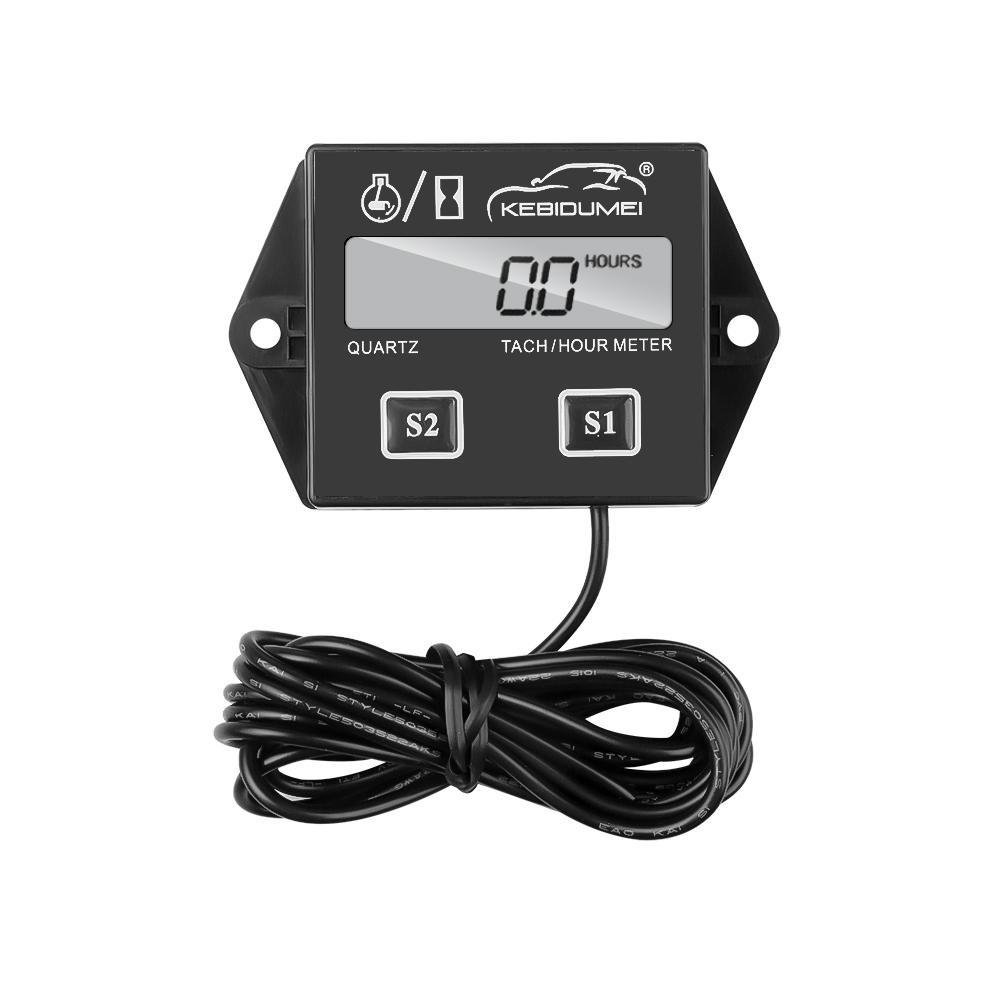
How long does a thermostatic vacuum sensor last?
Difficult driving conditions can arise in the winter - just starting your car can be a bit more of a chore. When the engine is cold, it takes a few minutes before it reaches the optimum temperature and you should start moving. The engine must run optimally so that it can create a vacuum, which is not possible in cold weather. This vacuum supports all sorts of other components in your vehicle, such as the distributor, EGR, cruise control, and even the heater.
So what controls the temperature? This is the job of a thermostatic vacuum sensor that can be found on the intake manifold. This component measures the coolant temperature to determine if the correct operating temperature has been reached. At this point, the vacuum sensor may open the various parts it controls. Without a working vacuum gauge, you will have trouble getting the engine to run properly, as well as other problems. While there is no set mileage for which this part is rated, it is important to keep it in good working order.
Let's look at some signs that the thermostatic vacuum sensor may have reached the end of its life and needs to be replaced:
When you first start your car, especially if it is cold, you may notice that the engine is hard to run. It stays that way until the engine warms up.
When the engine is hot, it may stall, stumble, or experience a reduction in power. None of this is normal and should be diagnosed by a mechanic.
The vacuum sensor can fail and then get stuck in the closed position. If this happens, you will start emitting higher exhaust levels, you will probably fail the smog test and you will notice that your fuel consumption is very low.
Another sign is the Check Engine light, which may come on. It is important that the computer codes be read by a professional to determine the exact cause.
The thermostatic vacuum sensor works based on your engine's coolant temperature. From this information it knows when to open or close the vacuum. This part must remain in good working order for your engine to run properly. Have a certified mechanic replace a defective thermostatic vacuum sensor to rule out further problems with your vehicle.
